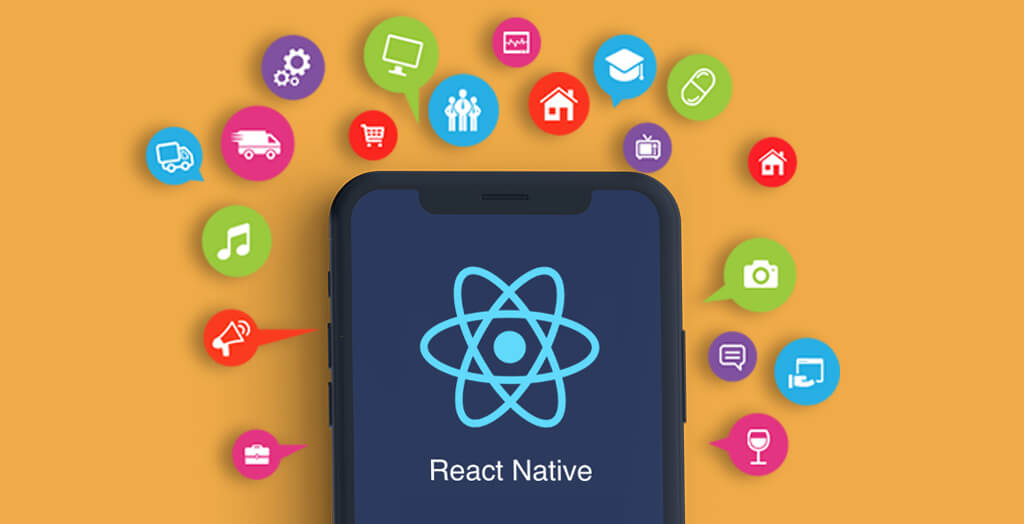In the contemporary business landscape, the management of human capital has evolved from traditional practices to a sophisticated orchestration of processes. At the heart of this transformation lies the integration of Human Resource Management System (HRMS) solutions, a technological marvel redefining workforce dynamics. This article delves into the intricate tapestry of HRMS and explores how organizations can master the delicate balance of managing, engaging, and empowering their workforce.
The Evolution of Workforce Dynamics
From Manual to Digital: A Paradigm Shift
In the early days of human resource management, processes were largely manual, leading to inefficiencies, delays, and data discrepancies. The advent of HRMS marked a paradigm shift, automating routine tasks and freeing HR professionals to focus on strategic initiatives.
Rise of Workforce Complexity
With globalization and the gig economy, managing a diverse and dynamic workforce has become more complex. HRMS serves as a navigational tool, providing insights into the intricacies of workforce dynamics, from talent acquisition to employee retention.
Navigating Talent Acquisition
Streamlining Recruitment Workflows
HRMS brings efficiency to talent acquisition by automating processes such as resume screening, candidate communication, and interview scheduling. This accelerates the hiring process and ensures a standardized and fair approach.
Leveraging Data for Informed Hiring Decisions
The wealth of data within HRMS enables organizations to make data-driven hiring decisions. Analytics and insights help identify talent trends, optimize recruitment strategies, and ensure a more precise match between candidates and job requirements.
Crafting Employee Engagement Strategies
Personalizing Employee Experiences
HRMS platforms enable personalization in employee interactions. From tailored onboarding experiences to individualized development plans, organizations can use HRMS to create a work environment that resonates with each employee.
Recognizing and Nurturing Talent
Employee recognition is a vital aspect of engagement. HRMS facilitates automated recognition programs, ensuring that contributions are acknowledged promptly. Additionally, the system helps identify high-potential employees for targeted development initiatives.
Performance Management Redefined
Continuous Feedback Loops
Traditional annual performance reviews give way to continuous feedback loops facilitated by HRMS. Real-time performance insights allow for timely interventions, fostering a culture of ongoing improvement. If HR wants to send internship experience letter he/she can also send.
Data-Driven Performance Analytics
HRMS provides a robust platform for performance analytics. By leveraging data, organizations gain a deeper understanding of individual and team performance, facilitating strategic decision-making regarding promotions, skill development, and team structures.
Learning and Development Initiatives
AI-Driven Skill Development
HRMS, equipped with Artificial Intelligence (AI), can analyze skill gaps within the workforce. This analysis enables organizations to design targeted training programs, ensuring employees acquire the skills needed for current and future roles.
Integration with Learning Management Systems (LMS)
Seamless integration with Learning Management Systems enhances the learning experience. Employees can access training modules, certifications, and resources directly through the HRMS, promoting a culture of continuous learning.
Agile Compliance Management and Security Measures
Automated Compliance Checks
Compliance with regulatory requirements is critical. HRMS automates compliance checks, ensuring that HR practices align with local and international labor laws. This mitigates legal risks and promotes ethical and responsible HR practices.
Adaptive Audit Trails and Documentation
Maintaining detailed audit trails is essential for compliance and accountability. HRMS provides adaptive audit trails, documenting every HR activity. This feature supports organizations during audits and investigations.
Overcoming Implementation Challenges
Change Management Strategies
Implementing HRMS requires effective change management strategies. Clear communication, training programs, and user-friendly interfaces are essential to overcome resistance to change and ensure a smooth transition.
Integration with Existing Systems
Seamless integration with existing systems is crucial. HRMS should complement and enhance the organization’s technological infrastructure, ensuring minimal disruptions and maximizing the new system’s benefits.
Future Trends in Mastering Workforce Dynamics with HRMS
Integration of Emerging Technologies
The future of mastering workforce dynamics will see HRMS evolving further. Integrating emerging technologies such as AI, machine learning, and predictive analytics will deepen the system’s capabilities, offering more sophisticated insights and predictive capabilities.
Enhanced Employee-Centric Features
As organizations recognize the importance of employee experience, HRMS will evolve to provide even more employee-centric features. HRMS will be pivotal in crafting an enriched work experience, from well-being initiatives to personalized career development paths.
Conclusion
In conclusion, mastering workforce dynamics with HRMS is an art that requires a blend of technology, strategy, and a deep understanding of human capital. As organizations navigate the complexities of the modern workplace, HRMS emerges as the brushstroke that paints a picture of an engaged, empowered, and efficient workforce.
The journey from manual HR processes to the sophisticated capabilities of HRMS reflects the ongoing evolution of human resource management. Organizations that embrace and master this artistry are future-ready and positioned to thrive in a dynamic and competitive business environment.









